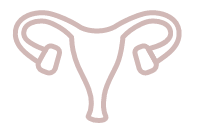
What to Expect at Your New Patient Visit
How it Works
What we offer at PRM is our innovative, first-of-its-kind treatment protocol. This new patient evaluation, or consult, is an explanation of what our treatment is but unlike healthcare experiences you may have had in the past for your pelvic pain – our goal is for you to leave with treatment. We’re not going to bring you back repeatedly with no results.
Our goal is to get you started on your journey to healing and feeling better today. We know from our data that time is what makes this more difficult for our patients and so our goal is to get you started right away.
-
Step One: You’ll meet with one of our pelvic pain specialists, who focuses solely on pelvic pain. We’ll start by reviewing your full health history, including a discussion of your symptoms. This will help us to understand what you’ve been experiencing, so we can work to identify the source of your pain.
-
Step Two: Next, we’ll conduct a full pelvic exam. Externally, we will examine your hips, abdomen, and posterior sacrum. Internally, we will evaluate the nerves and the muscles within the pelvic area. This full exam is necessary, as it will help our pelvic pain specialists understand the connection between your symptoms, and your nerve and muscle pain and dysfunction. There is no speculum, so the exam is gentle and more comfortable than that of, for example, gynecological exams you may have experienced in the past.
-
Step Three: We will discuss our findings with you and come up with a comprehensive treatment plan TOGETHER. We want you to know that your pain is validated and that we are here to work with you on getting you back to the life you deserve


















